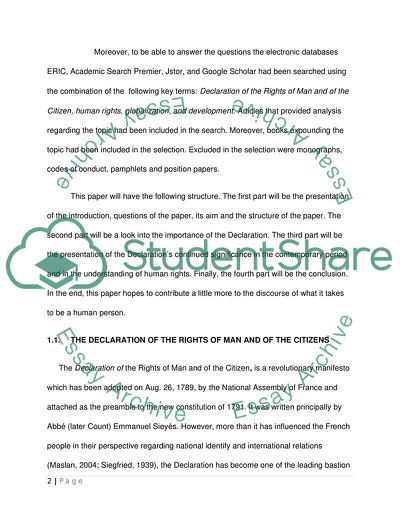Cite this document
(The Declaration of the Rights of Man and of the Citizens: the Basic Research Paper, n.d.)
The Declaration of the Rights of Man and of the Citizens: the Basic Research Paper. Retrieved from https://studentshare.org/law/1733675-declaration-of-the-rights-of-man-and-of-the-citizen
The Declaration of the Rights of Man and of the Citizens: the Basic Research Paper. Retrieved from https://studentshare.org/law/1733675-declaration-of-the-rights-of-man-and-of-the-citizen
(The Declaration of the Rights of Man and of the Citizens: The Basic Research Paper)
The Declaration of the Rights of Man and of the Citizens: The Basic Research Paper. https://studentshare.org/law/1733675-declaration-of-the-rights-of-man-and-of-the-citizen.
The Declaration of the Rights of Man and of the Citizens: The Basic Research Paper. https://studentshare.org/law/1733675-declaration-of-the-rights-of-man-and-of-the-citizen.
“The Declaration of the Rights of Man and of the Citizens: The Basic Research Paper”, n.d. https://studentshare.org/law/1733675-declaration-of-the-rights-of-man-and-of-the-citizen.


